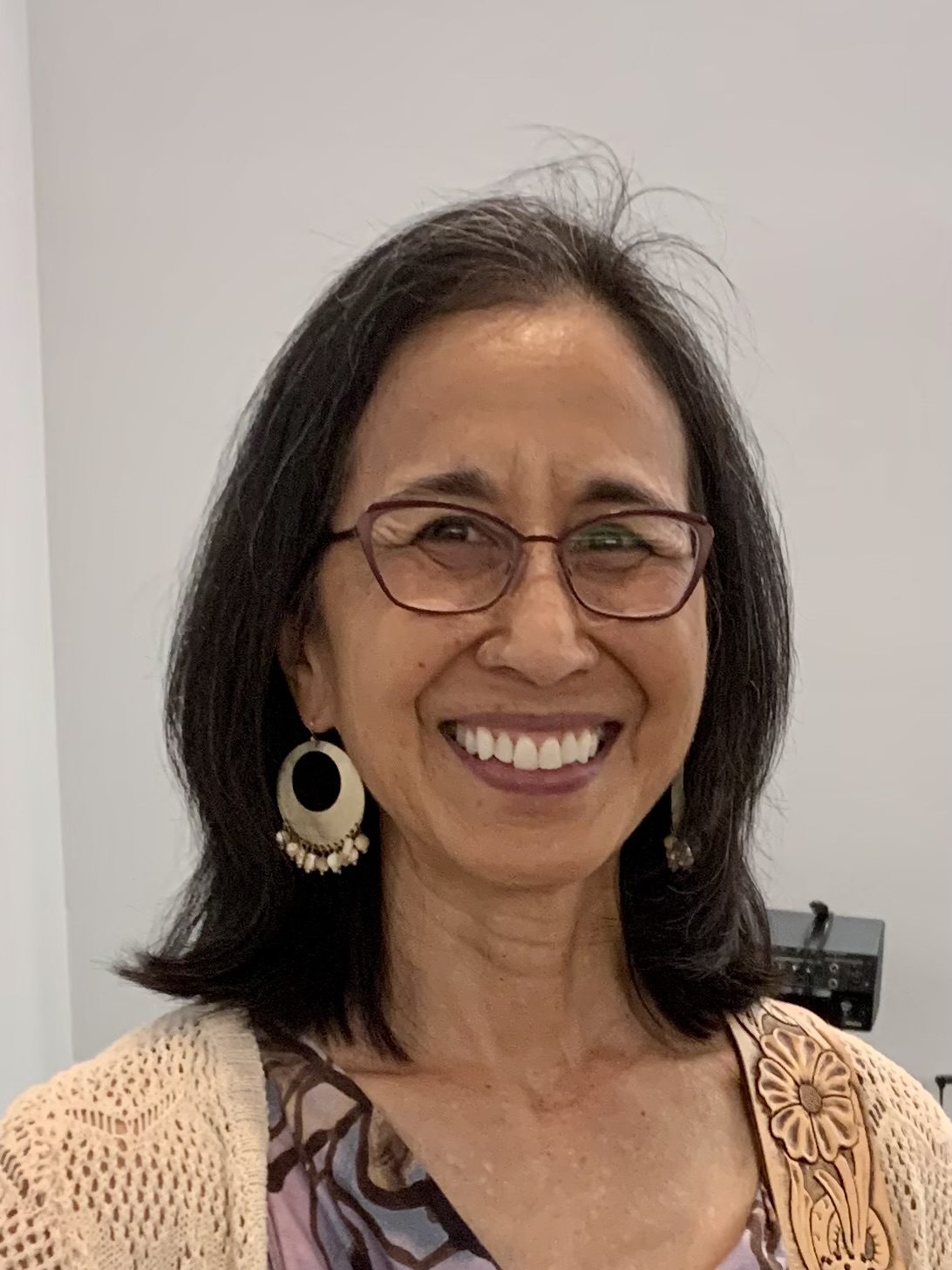Unless you have a vision diagnosis, you probably don’t think much about prevention. I hope what I share changes that – because you could be permanently losing vision and not even know it.
I have 20/20 vision – but I also have permanent and progressive vision loss from Myopic Macular Degeneration (MMD), a complication of severe nearsightedness (myopia). Myopia usually starts in childhood and stabilizes in the teens. I got my first pair of glasses in 5th grade, but my myopia never stopped increasing. That seemed unusual and concerned me, but I was always assured things were fine.
A few years ago, I noticed new problems with my sight. My vision is like looking through a warped and smudged pane of glass with 40 watts, instead of 100. I also have trouble with glare and difficulty with low contrast. But because I could read the 20/20 line, my eye doctor repeatedly discounted my vision symptoms and told me I was just overly concerned. Finally, a retina specialist diagnosed me with Myopic Macular Degeneration (MMD), after years of irreversible vision loss had already occurred.
There is no area of my life unaffected by MMD. On the day of my diagnosis, I broke down in tears knowing the relentless course of MMD could lead to legal blindness. My ophthalmologist wisely advised me to find ways to keep doing the things I love for as long as possible. I still drive, but it’s limited to daytime and familiar places. I still work out, but run only on flat paved surfaces. I still hike, but always use trekking poles. I crochet, but use bright heavy-weight yarn. I find ways to adapt, modify, and keeping going. However, there has still been loss.
My husband and I were avid cyclists. For a while, I rode with him in the lead to point out potential road hazards. But after crashing two separate times due to my poor eyesight, I stopped cycling. Bowhunting has been my most challenging and rewarding hobby. I continuously adjusted my hunt routine to accommodate my vision, but last season I finally had to accept that it was time to stop. I’ve always wanted to see the Northern Lights, but now my vision has degraded to the point that I probably wouldn’t be able to see them. So that is off my bucket list.
I know these are not life or death issues. I am still very active with few limitations, and I am grateful for the sight that I do have. But those were important parts of my life that are now lost to me.
MMD is progressive and the damage is irreversible. Every day, my sight is the best it will ever be. Every week I notice something else that’s a little harder to see a little more difficult to do… and I am still 20/20.
There is no cure for MMD, but there are a few interventions which help slow the development of vision loss and progression of this disease. When identified in childhood, kids at risk can receive treatments to prevent them from developing severe myopia. For adults who are already highly nearsighted, simple things like avoiding excessive close-up work, wearing sunglasses and taking supplements can protect and preserve sight.
I wish I had known years ago to take these simple steps to protect my sight. Delaying vision loss by 5,3, even just 1 more year would have been worth taking those steps – because even the smallest amount of loss is still loss, and saving even the smallest amount of sight is precious.
-Lenora Berning, M.D.
Bio: Lenora Berning has been a patient advocate with the ASPECT program of Prevent Blindness since 2021. She is a retired emergency physician living in Mooresville with her husband Kevin.

